QuestionWe've just adopted a 1-2 year old shelter dog (Aussie mix) and are having trouble knowing how to properly adjust the dog and 4 cats to life with each other. The dog is very calm, obedient, and laid back for the most part, but when he sees a cat he thinks he must chase. (I realize that's part of his temperament but don't necessarily accept the fact that it HAS to BE this way). Two of the cats hold their own and swat him which he respects, but two will run which he seems to enjoy greatly! Perhaps it's these two running cats that need the behavior modification to be able to hold their own but I don't want to traumatize them more than they already are by simply throwing everyone together and letting them thrash it out. I don't believe the dog is aggressive...just wanting to chase and play, but it still isn't acceptable. Also, how do I properly discipline him when I catch him chasing or doing other unacceptable behavior without causing him to become neurotic and anxious (as he's just beginning to adjust to life with us as it is)? Thanks for your input.
AnswerWhen a cat stands its ground around a basically "nice" dog and does not run, the dog habituates to the cat and accepts it as a created con specific. BUT.....when a cat RUNS (and we can't fault the cat, it's an instinctual reaction in some), the dog will almost ALWAYS chase. In the case of an Aussie mix, the eye/chase/kill is truncated by eye/chase/HERD or control, but the dog is still hard wired to chase!
In order to control the dog (retraining the cat by restraining it will worsen its flight mechanism), you need to put him on a very long house leash (lightweight cotton training lead will do.) Teach him an alternative behavior using positive reinforcement. Go to Karen Pryor's web site and learn about using the clicker. Teach him any simple behavior and be certain he has a strong conditioned response to it. Once he has acquired the conditioning and responds to the command 100% of the time, interrupt his "chase" game (he'll be on house tab so when he hits the end of the leash he can't go forward) by making an unusual sound to get his attention (any verbal signal that's unusual, like a beeping sound) and when he looks at you, give him the cue for his conditioned behavior and then click/jackpot (lots of treats) him for responding. Keep him on the house leash and keep working his simple command with NO cats around, so you can effectively use it when the cats are around. Soon he will begin to show signs of changing his mind around the running cats. He may sniff the ground, begin to circle slightly, or just turn to you waiting for his cue. At this point, you're free to take him off house leash. This might take weeks. In the mean time, he cannot successfully engage in this chase game not even ONCE.
Start using other devices to employ the dog's strong inherited instinct to herd. Go out in the yard with him with three very large beach balls. Begin using your clicker to teach him to herd the beach balls on command. If you follow the instructions for clicker training, you will easily devise a method for this. He will enjoy the "work" and it will allow him to exercise his strong instinct without involving your cats. Do this after you have observed him offering an alternative behavior to chasing (like sniffing the ground as spoken of above.)
In the mean time, you can condition those two of your cats that choose "flight" over "fight" to accept the presence of the dog by offering them a special treat when they volunteer to remain in his presence. The cats will quickly learn that the house leash prevents him from chasing them. They may even begin to capitalize on this by parading around in front of him. You don't want to encourage teasing, but you do want to reward the cat for volunteering to remain in the dog's presence.
This sort of adjustment takes much time, it can take up to several weeks or even longer, depending on the fight/flight drive in the individual cat. Be patient and use your newly acquired training skills. Congratulations for choosing to be part of the solution and adopting a dog that would otherwise have been euthanized.

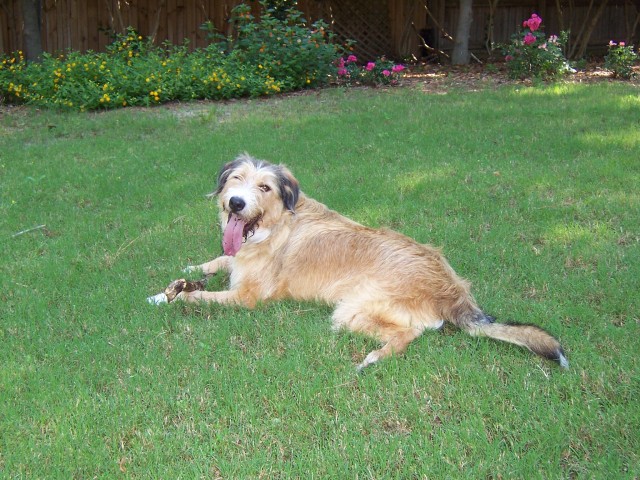 anxious dog
Question
Louie
Hi, We adopted a 2 year old male A
anxious dog
Question
Louie
Hi, We adopted a 2 year old male A
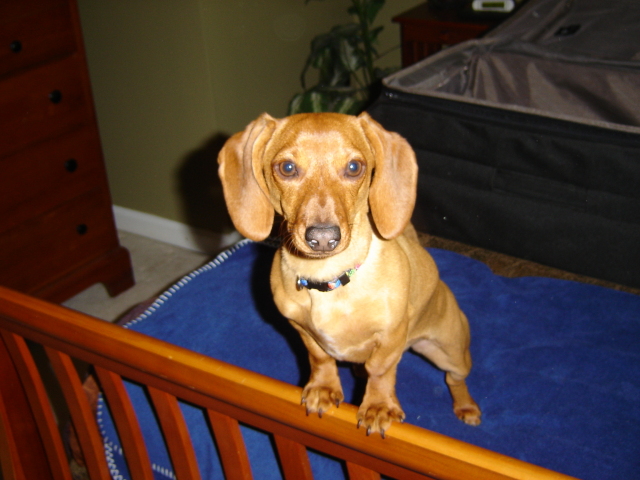 Mini Daschund with anxiety issues
QuestionAbigayle
QUESTION: I have a 3 1/2 yr old
Mini Daschund with anxiety issues
QuestionAbigayle
QUESTION: I have a 3 1/2 yr old
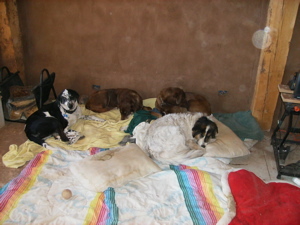 Sudden aggression within pack after a death
Question
Sudden aggression in o
We have an approximatel
Sudden aggression within pack after a death
Question
Sudden aggression in o
We have an approximatel
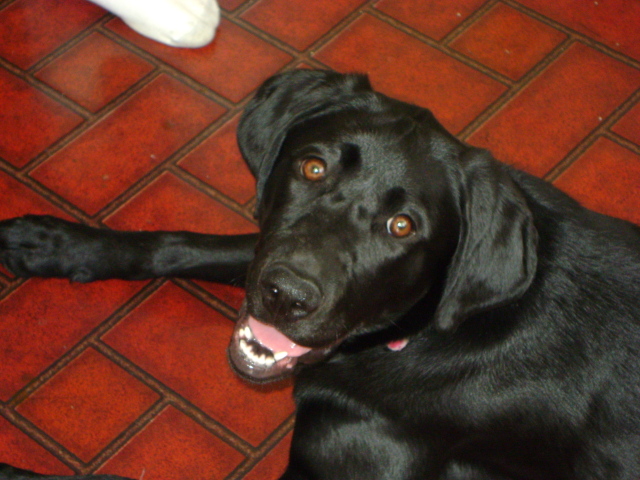 Black lab - 1 yr
QuestionSheba
QUESTION: My lab loves to bite her
Black lab - 1 yr
QuestionSheba
QUESTION: My lab loves to bite her
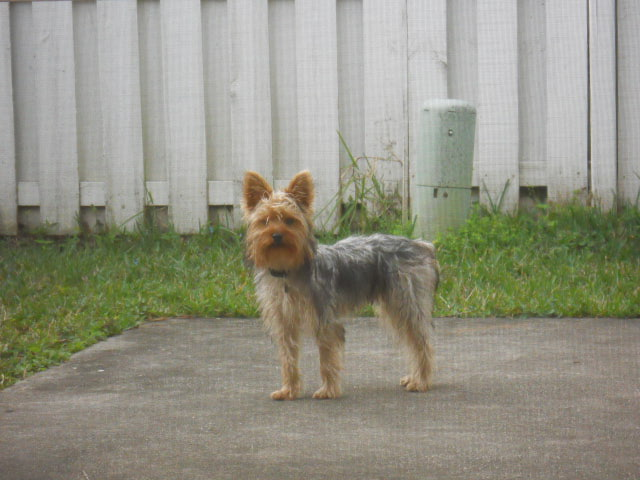 agressive silky terrier
Question
Lucas 1 year old
Hi Jennifer:
I have a
agressive silky terrier
Question
Lucas 1 year old
Hi Jennifer:
I have a